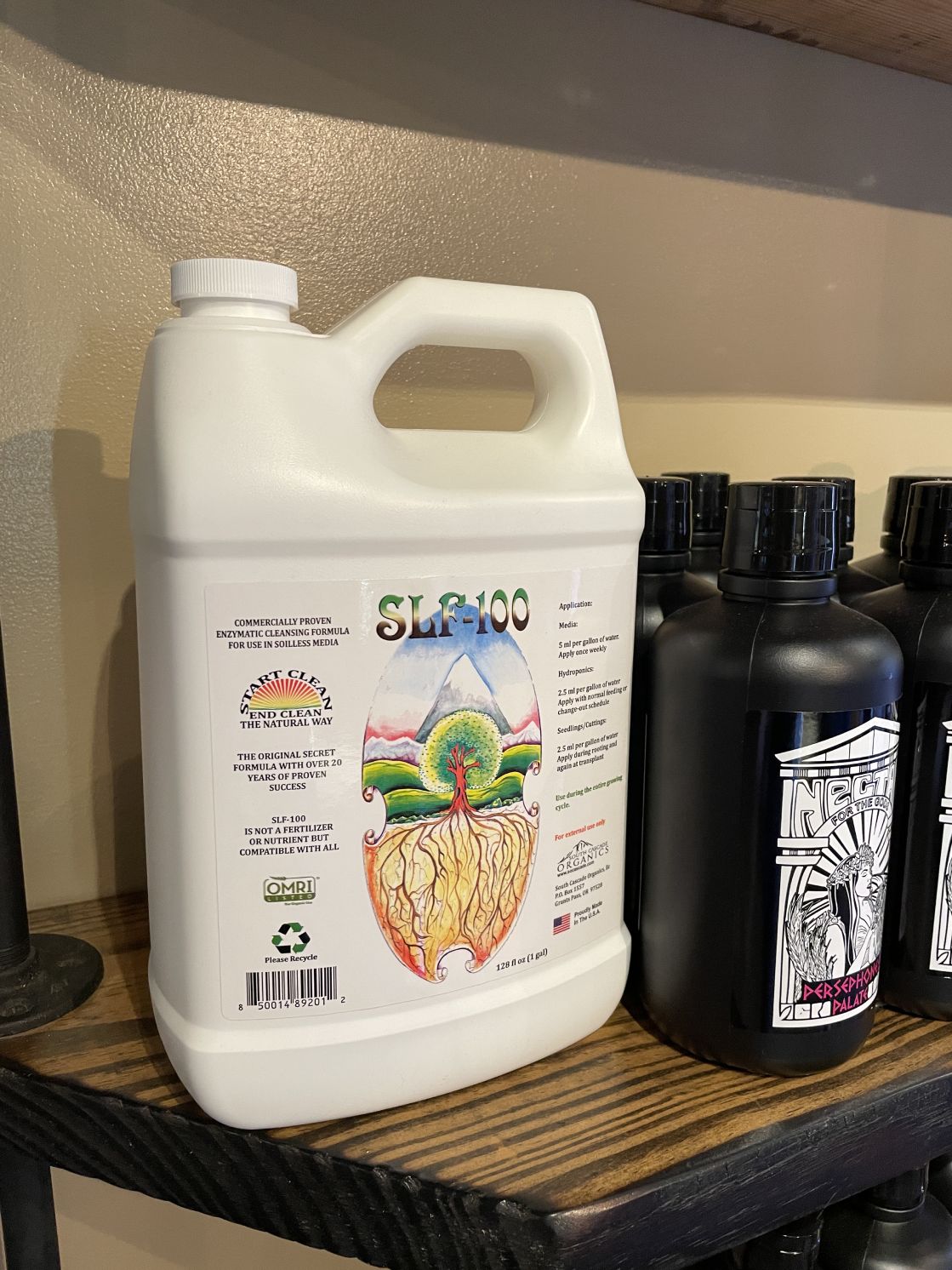The Indoor Earthworm: The Important Pet Dog for Eco-Friendly Residences
The Indoor Earthworm: The Important Pet Dog for Eco-Friendly Residences
Blog Article
The Ultimate Guide to Hydroponic Equipments and Techniques
On the planet of modern farming, hydroponic systems have become a revolutionary technique for growing plants without soil. The meticulous balance of water, nutrients, and light in hydroponic setups provides an appealing option to conventional farming practices. As we uncover the intricacies of hydroponics in this comprehensive guide, we will browse through the numerous kinds of systems, discover the important nutrients essential for plant growth, and look into sophisticated techniques that can substantially enhance yields. But what happens when common concerns develop in hydroponic systems? Keep tuned to decipher the troubleshooting approaches that can make or break a successful harvest.
Advantages of Hydroponic Solutions
Hydroponic systems supply a multitude of advantages, including efficient resource usage and exact nutrient shipment to plants. By supplying a regulated setting for plant development, hydroponic systems make it possible for optimum water and nutrient use, bring about greater returns contrasted to typical soil-based farming. This performance not just preserves sources however likewise decreases waste, making hydroponic systems eco-friendly.
Furthermore, the accurate delivery of nutrients in hydroponic systems allows for customization based upon the details demands of each plant range. This targeted technique makes sure that plants receive the right balance of crucial nutrients, promoting much healthier growth and reducing the risk of nutrient deficiencies or inequalities. Furthermore, the capability to keep track of and adjust nutrient degrees in real-time maximizes plant performance and overall crop quality.
Additionally, hydroponic systems get rid of the requirement for herbicides and pesticides, as the closed-loop system minimizes the danger of parasites and illness that are typically found in soil-based farming - The Indoor Earthworm. This not only profits the plants and the atmosphere but likewise adds to generating cleaner, healthier plants for usage
Kinds of Hydroponic Setups

Nutrient Movie Method (NFT) uses a shallow stream of nutrient remedy streaming over the plant roots, providing a consistent supply of nutrients. Leak systems involve trickling a nutrient option onto the plant roots, supplying exact control over feeding.
Each type of hydroponic arrangement has its benefits and is suited to various plant ranges and development phases. Recognizing the distinctive attributes of these systems can aid hydroponic cultivators select the most suitable setup for their details requirements and choices.
Necessary Nutrients for Hydroponics
In hydroponic systems, plants count on an accurate equilibrium of crucial nutrients to flourish and grow successfully. These essential nutrients are important for numerous plant features such as photosynthesis, root advancement, and general development.
In enhancement to macronutrients, plants also need additional nutrients like sulfur, calcium, and magnesium, as well as micronutrients such this website as iron, copper, zinc, and manganese (The Indoor Earthworm). These nutrients are important for making certain that plants have all the necessary foundation to carry out important biological processes

Advanced Strategies for Maximum Yield
To accomplish optimum returns in hydroponic systems, growers can execute sophisticated strategies that boost plant development and productivity. One such technique is making use of extra lights. By giving artificial source of lights such as LED or high-pressure sodium lights, cultivators can prolong the variety of light hours plants get every day, advertising faster development and enhanced returns. An additional advanced method is the execution of CO2 supplementation. Boosting the degrees of co2 in the expanding atmosphere can promote photosynthesis and boost plant growth substantially. Furthermore, utilizing methods like plant training and pruning can help enhance light circulation and airflow, ensuring that all parts of the plant obtain ample light and nutrients. Using automated systems for nutrient shipment and monitoring can aid preserve optimal nutrient levels, lowering the danger of deficiencies or inequalities that can impede plant growth. By including these innovative methods into their hydroponic systems, farmers can make best use of yields and achieve plentiful harvests.
Troubleshooting Common Hydroponic Issues
One prevalent trouble is vitamins and mineral shortages, where plants do not have vital aspects for healthy development. Keeping the proper pH variety particular to the plant being grown is vital for optimum nutrient uptake. By without delay determining and dealing with these common hydroponic concerns, cultivators site here can maintain healthy and balanced plants and make best use of returns in their hydroponic systems.
Conclusion
In conclusion, hydroponic systems use numerous advantages for expanding plants efficiently. With mindful planning and interest to information, hydroponic systems can revolutionize the method plants are grown, leading to more productive and sustainable farming techniques.
By giving a controlled setting for plant development, hydroponic systems enable optimal water and nutrient use, leading to greater yields contrasted website link to traditional soil-based farming. The Indoor Earthworm. Nutrient Film Method (NFT) makes use of a shallow stream of nutrient remedy moving over the plant roots, offering a continuous supply of nutrients. Surveillance and adjusting nutrient levels based on plant growth phases is critical to protecting against nutrition deficiencies or toxicities and taking full advantage of plant productivity in hydroponic systems
Furthermore, using strategies like plant training and trimming can help optimize light distribution and airflow, guaranteeing that all parts of the plant get appropriate light and nutrients. Using automated systems for nutrient distribution and surveillance can assist preserve ideal nutrient levels, minimizing the danger of deficiencies or discrepancies that can impede plant growth.
Report this page